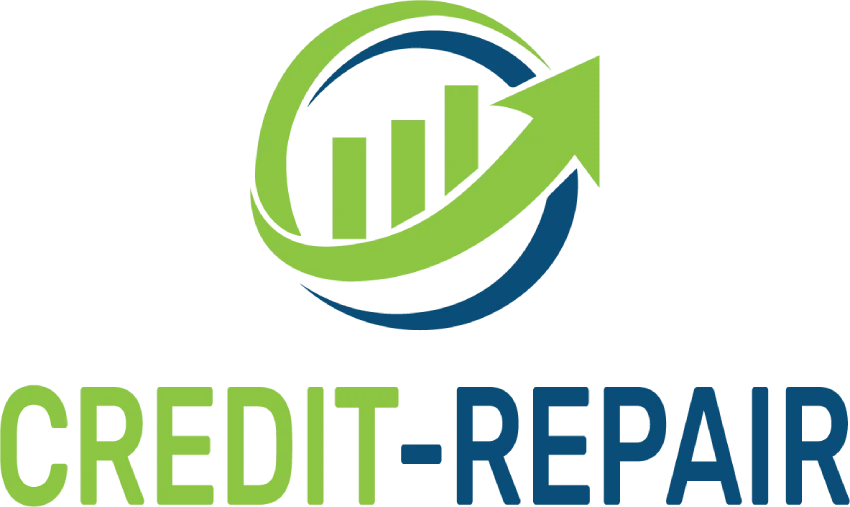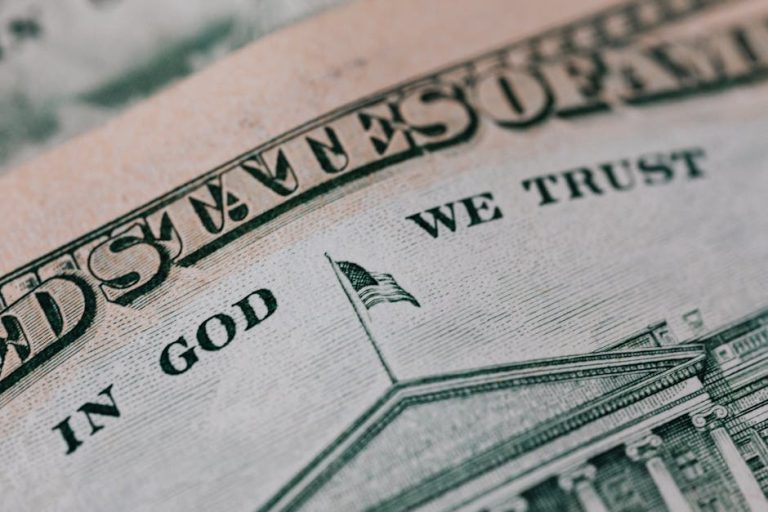Introduction to Financial Freedom and Credit Health
Financial freedom might sound like a dream, but it’s definitely achievable. First off, let’s break down what it means. Financial freedom is when you’ve got enough savings, investments, and cash on hand to afford the lifestyle you want for yourself and your family. It’s about being in control, not letting money control you. To get there, one crucial step you can’t overlook is taking care of your credit health.
Your credit score is like your financial fingerprint. Banks, lenders, and even some employers, look at it to decide how trustworthy you are with money. A good score means you’re a safe bet; a bad score, not so much. Think of your credit as your reputation in the financial world. Mess it up, and you’ll find doors slamming in your face – higher interest rates, loan rejections, and stress.
But here’s the kicker – no matter where you’re starting from, repair is possible. Credit repair isn’t a one-time fix; it’s about smart habits over time. It means paying off debts, yes, but it’s also about understanding how credit works and making it work for you. This is the starting line on your race to financial freedom. With a solid plan and consistent effort, that finish line isn’t just a possibility – it’s inevitable.
Step 1: Understanding Your Current Credit Situation
Kicking off your journey to financial freedom starts with a crystal clear picture of where you stand right now. Yep, that means taking a good, hard look at your current credit situation. First things first, grab your credit report. You can get it for free once a year from each of the three major credit bureaus—Equifax, Experian, and TransUnion. Now, combing through this report might not be the most fun you’ve ever had, but it’s crucial. You’re hunting for any errors or old debts that shouldn’t be there anymore. These mistakes can weigh down your score, and that’s no good. If you spot anything off, don’t just shrug it off. Report it. Getting those errors fixed can give your credit score a nice little bump upwards. Remember, knowing where you stand is the first step towards getting where you want to be. Clear out the old, incorrect, or outdated stuff holding you back and set the stage for the next steps. You got this.
Step 2: Setting Up Financial Goals for Credit Repair
To move forward with credit repair, you gotta set clear financial goals. It’s like aiming for a target. Without a target, how do you know where to shoot? Start by figuring out what you need to fix. Got high credit card debt? Plan to pay it off. Your scores are low? Time to bump them up. Here’s a simple breakdown:
- Identify the issues with your credit report. This could be late payments, high balances, or errors.
- Create a budget that lays out how you’ll spend your money each month. Stick to it like glue.
- Prioritize debts that need to be paid off first, especially those with high interest. It’s like picking off the easiest targets first.
- Save for emergencies. You don’t want to end up back at square one because of an unexpected bill. Aim to stash away cash that can cover three to six months of living expenses.
- Plan for the long haul by setting saving goals for retirement or buying a house. This is your future self thanking you.
Knocking out these steps one by one gets you closer to financial freedom. It’s not an overnight thing. It’s perseverance and smart planning. Keep your eyes on the prize, and let’s get those scores up.
Step 3: Developing a Budget and Savings Plan
Making a budget and saving plan might not sound fun, but it’s essential. Think about your money like it’s a smart phone battery – you need to manage it well to last the day. First, track what you spend for a month. Every single penny. This is you checking your battery usage to see what’s draining it. Once you know where your money goes, categorize these expenses. Essentials like rent, food, and utilities are your must-haves, sort of like your phone’s background apps that must run. Everything else? Consider them optional apps that you can close to save power.
Now, set goals. Maybe you want to save for a holiday, pay off a debt, or just build a cushion. This is your screen brightness setting. The lower your spending (brightness), the faster you’ll reach your goal (battery lasting longer). The key? Make saving automatic. Set up a bank transfer to savings right after you get paid. Think of it as putting your savings on low power mode before you start using your money.
Lastly, regularly review your budget, trim the fat where you can, and adjust as your life changes. Money management isn’t set-and-forget, it’s more like updating your apps to run more efficiently. By getting on top of this, you’re not just saving money; you’re earning financial freedom one step at a time.
Step 4: Strategies to Improve Your Credit Score
To bump up your credit score, you need a plan that sticks. First, always pay your bills on time. Late payments can drag your score down quick. Next, keep your credit utilization low. This means try not to max out your credit cards. Using less than 30% of your available credit is a good rule of thumb. Also, don’t open too many new accounts at once. This can look risky to lenders and might lower your score. If you’ve got old credit cards you don’t use much, keep them open. Closing them can actually hurt your score because it decreases your total available credit. Finally, check your credit report for errors. Mistakes happen, and you can dispute errors to get them removed. Stick to these steps, and you’ll see your credit score start to climb.
Step 5: Maintaining Your Financial Freedom
Reaching financial freedom isn’t just a milestone; it’s a continuous journey. After working through the steps to repair your credit, the final step, maintaining your financial freedom, hinges on adopting a lifestyle of fiscal discipline. Firstly, stick to a budget. Budgets shouldn’t make you groan. They are your roadmap to staying free. Know what you earn, what you spend, and where you can cut back. Then, save for the rainy day. Emergencies happen. Instead of reaching for your credit card, have an emergency fund you can dip into. A good rule of thumb is to save at least three to six months’ worth of living expenses. Regularly check your credit score. This way, you can catch any errors and also see how your financial decisions affect your score. Live below your means. If you earn more, don’t spend more. Invest the extra or save it. Lastly, keep learning about personal finance. The world of finance evolves, and staying informed helps you make better decisions. Remember, maintaining your financial freedom is about making smart choices today that secure your tomorrow.
The Role of Debt Management in Achieving Financial Freedom
To crack the code of financial freedom, managing your debt is key. It’s not just about paying off what you owe; it’s about smart planning and playing your cards right. Let’s face it, debt can feel like a heavy chain around your neck, but with the right moves, you can unlock that chain. First off, know what you owe. It might seem obvious, but many folks lose track of their debts. Keeping a close eye on your debts, including interest rates and due dates, is crucial. Next, prioritize. Not all debts are created equal. High-interest debts, like credit card balances, should be at the top of your hit list. They grow fast and can easily become overwhelming. Tackling these first slows down the snowball effect. Now, consider consolidating. If you’re juggling multiple debts, consolidation might be your golden ticket. It can simplify your payments and potentially lower your interest rates, making it easier to pay down your debt faster. Of course, discipline is the name of the game. Stick to your budget and resist adding new debt to your plate. Each payment gets you closer to breaking free from debt’s grip. Finally, remember, debt management isn’t just about clearing balances; it’s about setting the stage for a future where your money works for you, not against you. Mastering this can be your stepping stone to financial freedom.
How to Deal with Setbacks on the Road to Credit Repair
Setbacks? They’re part of the journey towards credit repair. Here’s the deal: miss a payment, face a hard inquiry, or deal with an unexpected financial emergency, and it might feel like you’ve taken two steps back. But don’t sweat it. What matters is how you bounce back. First, always, always check your credit report for any errors. A mistake on your report could be holding you back. Got any errors? Dispute them. Next, catch up on missed payments pronto. Late payments hurt, but the sooner you’re up to date, the better. If you’re juggling bills, talk to your creditors about a payment plan. They might cut you some slack. Lastly, stay the course. One setback doesn’t define your credit repair journey. It’s all about how you handle it and move forward. Keep your eyes on the prize—financial freedom.
Tools and Resources for Effective Credit Repair
Getting your credit in shape is much like fixing a leaky faucet. It’s all about having the right tools and knowing what to do with them. To kickstart your journey to financial freedom through credit repair, you’ll need a few key tools and resources in your arsenal. First, credit reports are your best friend. You can get a free report once a year from each of the three major credit bureaus—Experian, TransUnion, and Equifax. Reviewing your credit report helps you understand where you stand and pinpoint any errors that need fixing. Second, a budget. Knowing where every dollar is going is crucial. Use apps or templates to track your spending and cut where necessary. Third, debt payment strategies like the snowball or avalanche methods can make clearing debts more manageable. Fourth, consider a secured credit card. It uses a cash deposit that serves as your credit limit, helping build credit while keeping spending in check. Lastly, education. Websites, blogs, and financial advisories offer tons of free advice on improving your credit score. Use them. With the right tools and a bit of elbow grease, you’re well on your way to achieving financial freedom.
Conclusion: Living a Life of Financial Freedom
In wrapping up, achieving and maintaining financial freedom might seem daunting at first, but it’s entirely doable with discipline, smart planning, and careful credit management. Remember, the journey to financial independence doesn’t happen overnight. It requires a consistent effort to make informed decisions about spending, saving, and investing wisely. By following the steps discussed, like understanding your credit report, disputing inaccuracies, managing debts responsibly, and building a strong credit history, you lay the foundation for a life free from financial stress. It’s about more than just fixing numbers; it’s about gaining the freedom to live your life on your own terms. Stay committed to your financial goals, and slowly but surely, you’ll find that achieving financial freedom is not just a dream but a very attainable reality. Remember, the best time to start is now.
Table of Contents
Get Your Credit Repaired With credit-repair.com
Google Review:
or
WHY CHOOSE US
We also would counsel you on real, legal, and ethical credit repair for clients rebuilding their life and credit ratings after hardship. Achieving financial freedom is the ultimate dream allowing you to live the life you want to enjoy. Get the help of a professional credit repair company by contacting us.
Our credit restoration services are tailored to your unique situation, and we never make you pay for anything you don’t need. When you sign up for either our Essentials or Essentials Plus packages, you can rest assured that you’ll be receiving the bare minimum of care necessary for your specific situation. You can opt for additional customization options to further tailor our offerings to your specifications. In this manner, you won’t overpay for perks you don’t use. This is the essence of adaptability.









